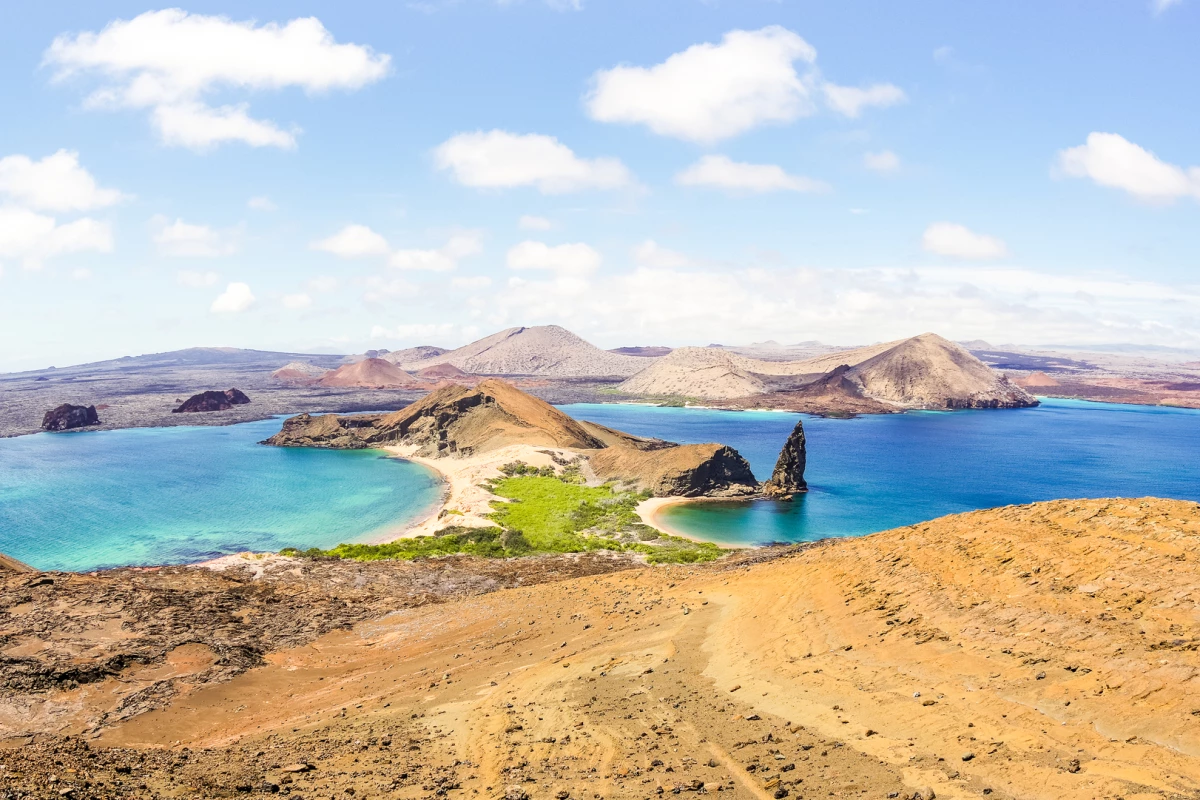Volcanic islands may be scenic, but they're also short-lived by geological standards. By looking at 14 volcanic island chains, MIT scientists have gained insights into why some islands last longer than others and how this might affect their ecologies.
If you look at a map of the Hawaiian Islands, you'll notice that they are made up of one big island with a couple of active volcanoes and a string of increasingly smaller islands trailing in a westward arc until they fade out as a few sandy atolls. Far from being a coincidence, they are an illustration of how volcanic islands are born and die.
Volcanic island chains form when a hot plume of molten magma shoots up through the mantle and punctures the Earth's crust to form a new island, which is then pushed above sea level by the ocean floor swelling in a line for hundreds or thousands of kilometers under the pressure of the plume.
However, the plume doesn't stay in one place or, more accurately, the Earth's crust doesn't. The planet's tectonic plates are in constant motion in relation to one another, so the plate over the plume moves along, resulting in more islands in the chain being created over millions of years. As time goes on, the oldest islands wear away and sink back into the sea.
This process produced the Hawaiian islands, the Canary Islands, and the Galapagos Island chain among others. But the lifespan of these islands varies from a few million years to 20 million years. Why this happens is unclear, but the MIT team says that two of the determining factors are the speed of the tectonic plate and the size of the seabed swell caused by the plume.
Based on a study of 14 volcanic islands, the team found that the slower a plate is moving and the larger the plume swell, the longer-lived an island is. This is why the Hawaiian Islands last longer than the Galapagos, and the Canary Islands are the oldest in the world.
Originally, it was thought that island lifespans were controlled by thermal uplift, but the islands were sinking into the sea faster than simple cooling could account for. By looking at how each island chain moved in relation to the plume that formed them and the length of the well, the MIT team found that by dividing the swell distance by the plate velocity, they could determine how long an island would be directly over the plume swell before it sank into the ocean. This makes the island chains into a sort of treadmill where life has a limited time to establish itself and evolve.
"You’re looking at a process in the solid Earth which is contributing to the fact that the Galapagos is a very fast-moving treadmill, with islands moving off very quickly, with not a long time to erode, and this was the system that led to people discovering evolution," says Leigh Royden, professor of earth, atmospheric and planetary sciences at MIT. "So in a sense, this process really set the stage for humans to figure out what evolution was about, by doing it in this microcosm. If there hadn’t been this process, and the Galapagos hadn’t been on that short residence time, who knows how long it would have taken for people to figure it out."
The study was published in Science Advances.
Source: MIT





